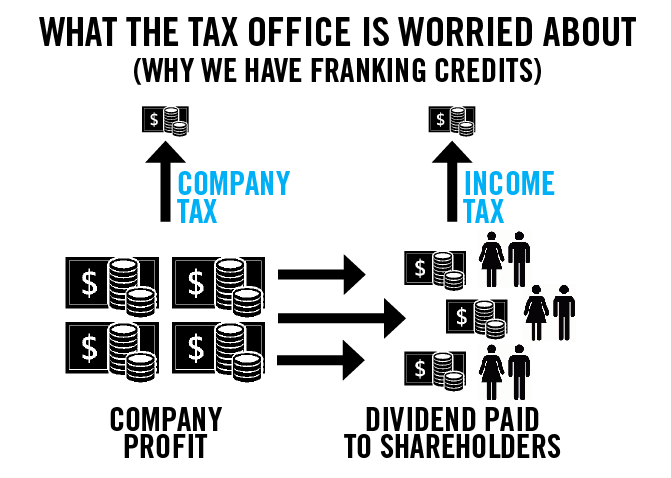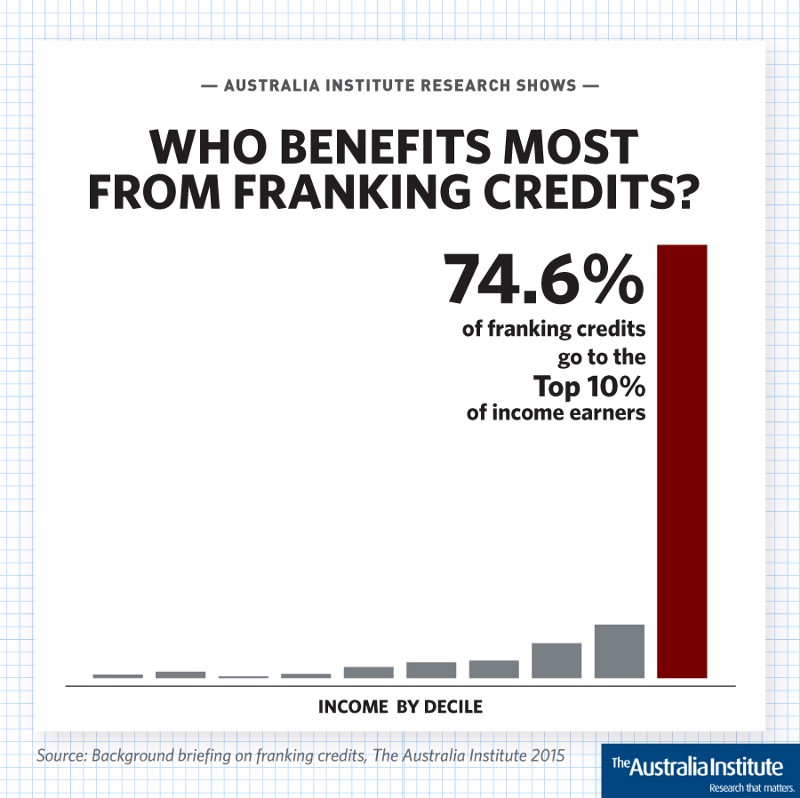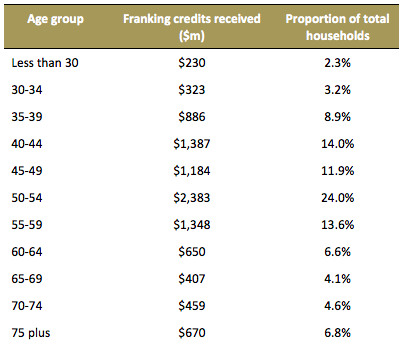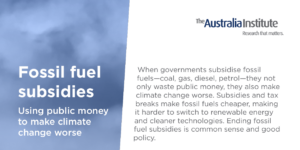Why the Government doesn’t want you to understand how franking credits work.
It’s not an accident that understanding how it all works is boring.
The detail of tax is a lot like superannuation. It’s complicated and most people find it boring.
The thing is, understanding how franking credits can work as a tax loophole is boring on purpose.
It’s important to some people that you think tax policy is boring because then you’ll ignore it. And it is because the public ignore tax loopholes that tax avoiders are able to arrange their tax affairs to minimise the tax they pay.
So. What are Franking Credits?
Franking credits are a way to deal with the concern that dividends (company profits paid to shareholders) are not taxed twice — once as company profit, and then as income to the shareholder.

When a company makes a profit it pays company tax on the amount of profit it has made. Some profit is divided up and paid to shareholders as ‘dividends’.
These dividends are income for those shareholders, which would be taxed again via the income tax.
To avoid this double taxation, the tax office allows companies who have paid company tax on their profit to pay ‘franked dividends’ with an attached ‘franking credit’.
A franked credit is like a flag that signals to the tax office that company tax has already been paid on the profits which the dividend comes from. So when shareholders do their income taxes, they receive a credit for the tax already paid on the dividend part of their income.
Wow. Australia’s really generous when it comes to shareholders.
Of the 34 OECD nations Australia is one of only four nations that calculate franking credits in this way.But Australia goes further and provides a cash refund on any unused franking credits.We are the only country that refunds unused franking credits.
What does ‘refunding unused franking credits‘ even mean?
An unused franking credit happens when the shareholder’s income tax bill would otherwise be lower than the amount of franked credits they have from their shares.
When that happens, what Australia does that nobody else does, is if you are a shareholder and have any unused franking credits, then the tax office pays out the value of the extra franking credits to you— they are refunded in cash.
It’s like if you could cash in unused discount vouchers. Of all the OECD nations only Australia is this generous to shareholders.
Why should we care?
Refunding unused franking credits means that some Australians, instead of paying tax, get paid by the tax office.
And the thing is, it is mostly wealthy people who get these franking credits and so are in a position to be in this situation.Australia Institute research shows franking credits to households (not including those earned in superannuation funds and trusts) are worth almost $10 billion per year.
They flow overwhelmingly to high income earning households as shown below:

But what do self funded retirees have to do with all this?
It is true that these unused franked credits are particularly valuable to retired people over 60 who are drawing an income from their super — this is because drawing an income from a super fund is tax free.
Their super fund pays no tax on its income regardless of how much income they receive and so the tax office pays cash for the excess franked credits.
But the thing is, when you look at the distribution of franked credits by wealth, and by age bracket, not only are the majority of franked credits not even given to retirees, the overwhelming majority of recipients are in high to very high income brackets — people with incomes so high they hardly need a cash handout from the tax office.
Table 1— Very high income earners proportion of franking credits

Source: ATO Tax Statistics
Table 2 — Age distribution of franking credits

Source: STINMOD 2014–15 Financial Year Estimate
The NATSEM modelling shows that franking credit distribution increases with age, but peaks at those in their 50s.
The drop-off after that age most likely relates to people moving into retirement and primarily earning an income from their superannuation funds rather than dividend income.
In fact, if financial support for the elderly was the Government’s goal, there are numerous better and more equitable ways to assist those who are in most need.
Between the Lines Newsletter
The biggest stories and the best analysis from the team at the Australia Institute, delivered to your inbox every fortnight.
You might also like
Koala sanctuary may come with diabolical trade off
Environmentalists rejoiced on the weekend when the NSW Government announced it planned to incorporate 176 thousand hectares of forest into the long-proposed Great Koala National Park.
Fossil fuel subsidies
When governments subsidise fossil fuels—coal, gas, diesel, petrol—they not only waste public money, they also make climate change worse. Subsidies and tax breaks make fossil fuels cheaper, making it harder to switch to renewable energy and cleaner technologies. Ending fossil fuel subsidies is common sense and good policy.
“Everything is uncertain”: Trump-Xi meeting leaves the world on edge
Trump and Xi may have come to a “deal”, but their meeting was a wasted opportunity. Plus: what do Australians think about our relationship with the US?


